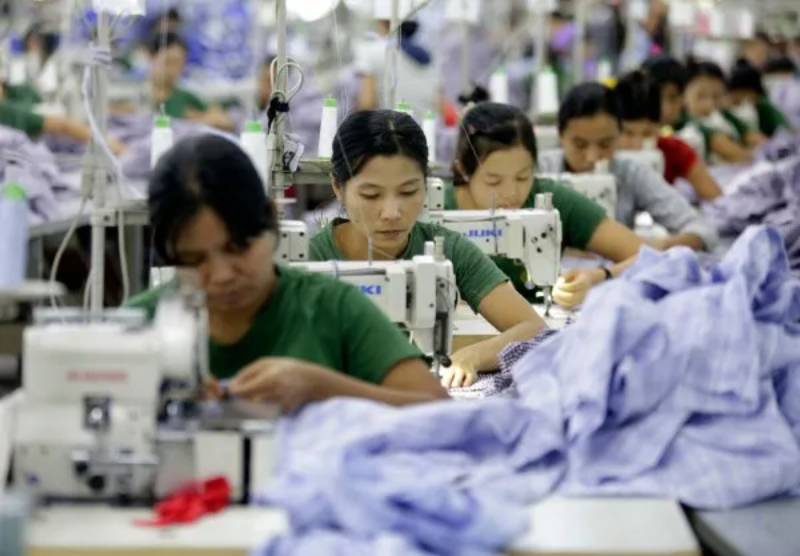Photo: GOOGLE IMAGES
Mizzima
S&P Global Myanmar Manufacturing PMI said that it was the fourth straight month of drop in factory activity, as armed violence across the northern region of the country continued and it was another challenge for supply chains.
As the result of ongoing conflicts in northern Myanmar, demand conditions deteriorated, with firms curtailing output, buying activity, and employment, the S&P PMI (Purchasing Managers Index) report says released this week.
In line with falling business requirements, firms curtailed their production and purchasing activity.
The supply chains are still struggling as the trade routes are affected by armed conflicts in the country which caused the material shortages, the report says.
Besides the uncertainty in the country and security concerns, the global economic crisis creates challenges for the manufacturing sector in Myanmar.
The report says that inflationary pressure caused by higher costs of raw materials and depreciation of Myanmar currency Kyat against the US dollar will continue.
Moreover, some Chinese garment factories are leaving the country because they were unable to get orders and the raw materials for their factories.
Although the Myanmar junta claims that the garment sector earns the largest export earnings for the country, in reality, some garment factories have closed in the meantime.
According to the statement issued by the Myanmar Garment Manufacturers Association (MGMA) in August 2023, there are 817 factories in this association and of which 546 are operating and 271 have suspended their operations.
The conflicts, input price rises, material shortages and higher transportation costs, foreign exchange regulation and trade restrictions added to the cost burdens, which lead to lower competitiveness in the global market.
Moreover, the World Bank report says that Myanmar is facing a labour shortage as many people are leaving the country to seek jobs in neighbouring countries.





